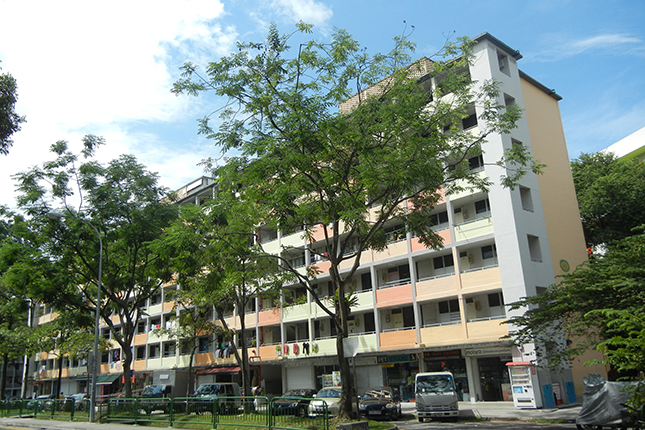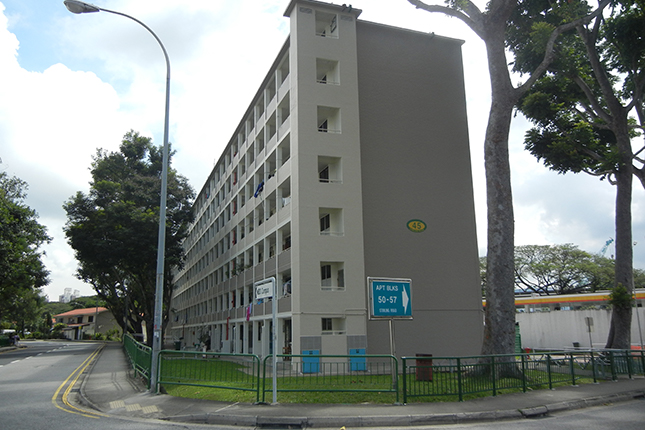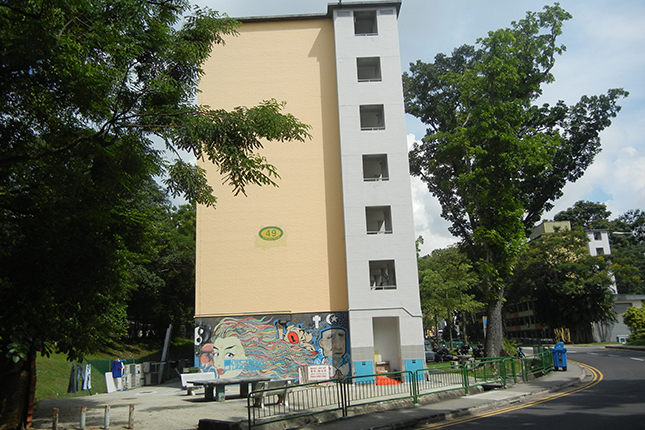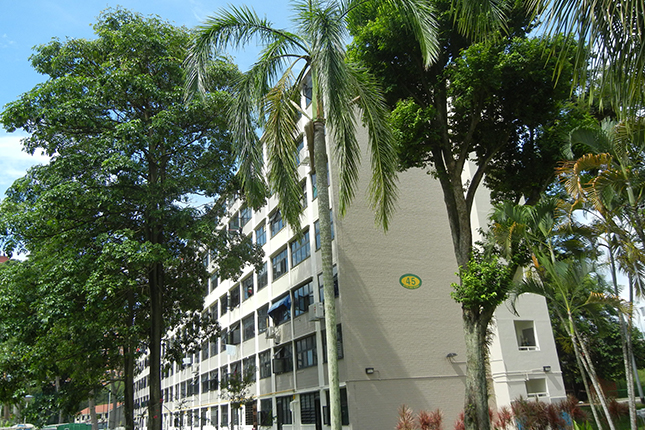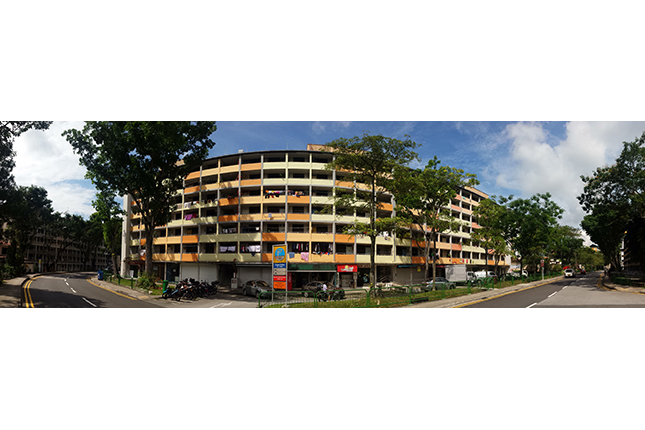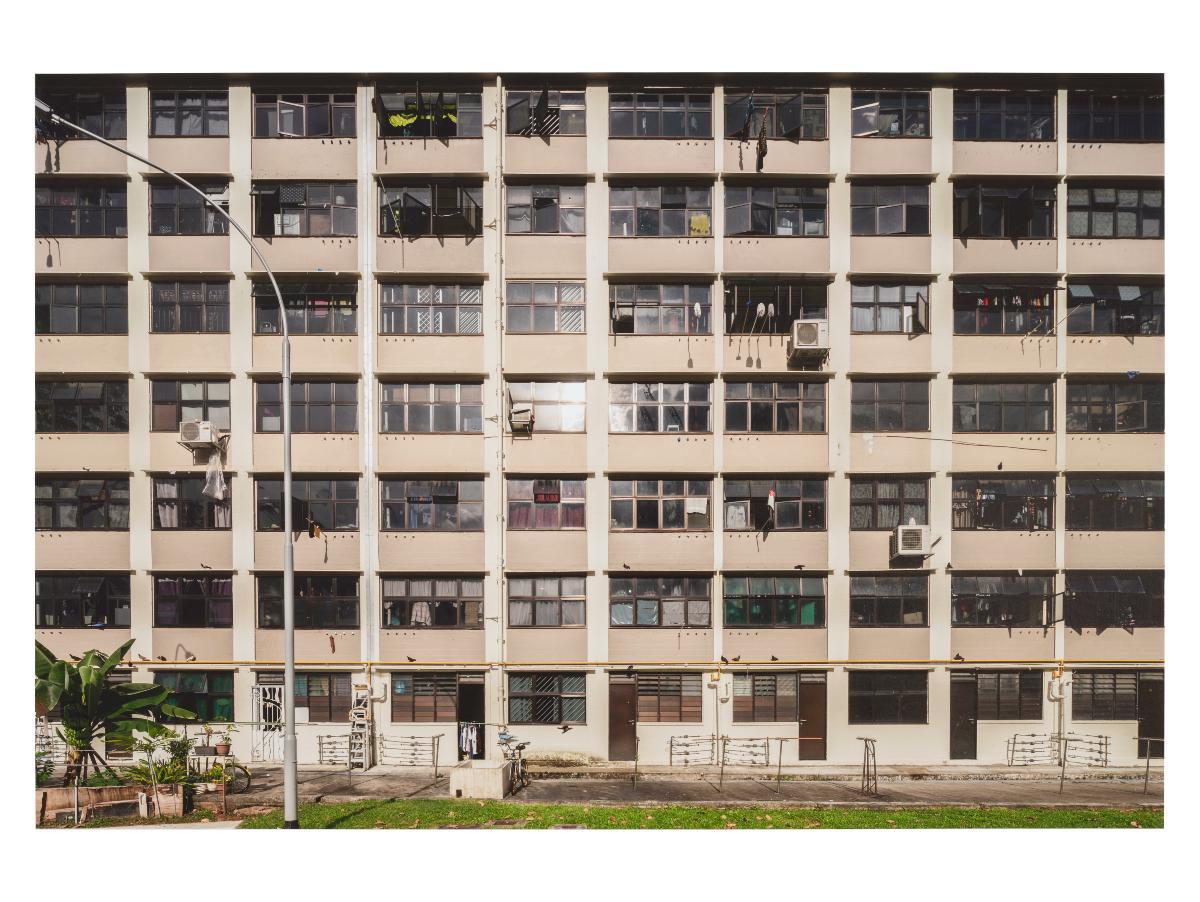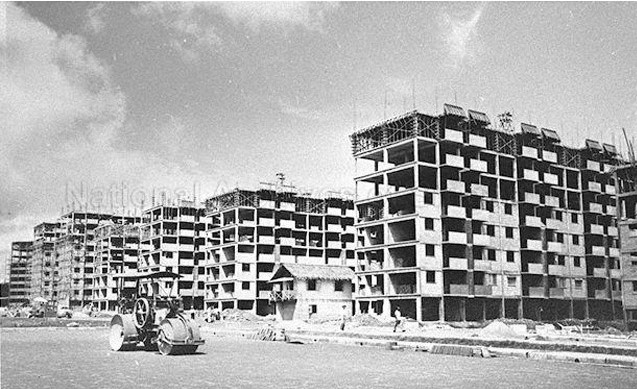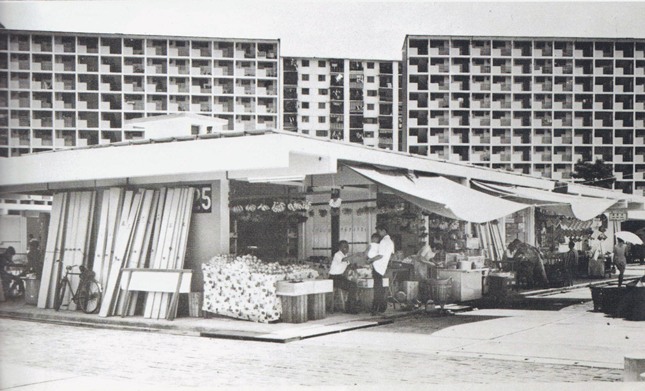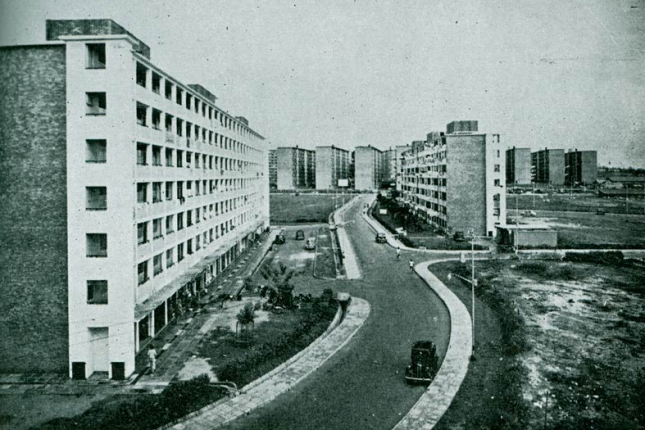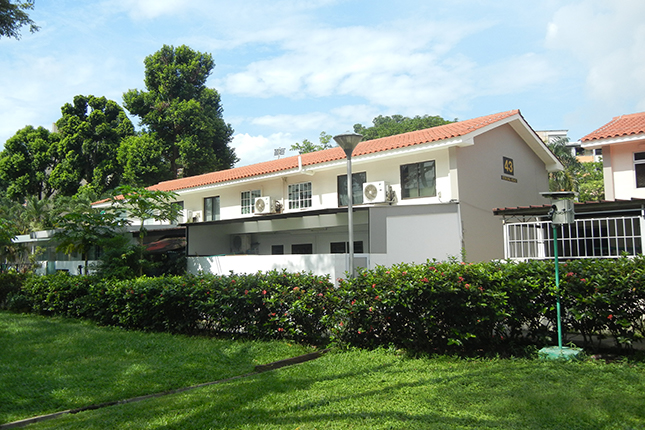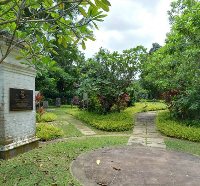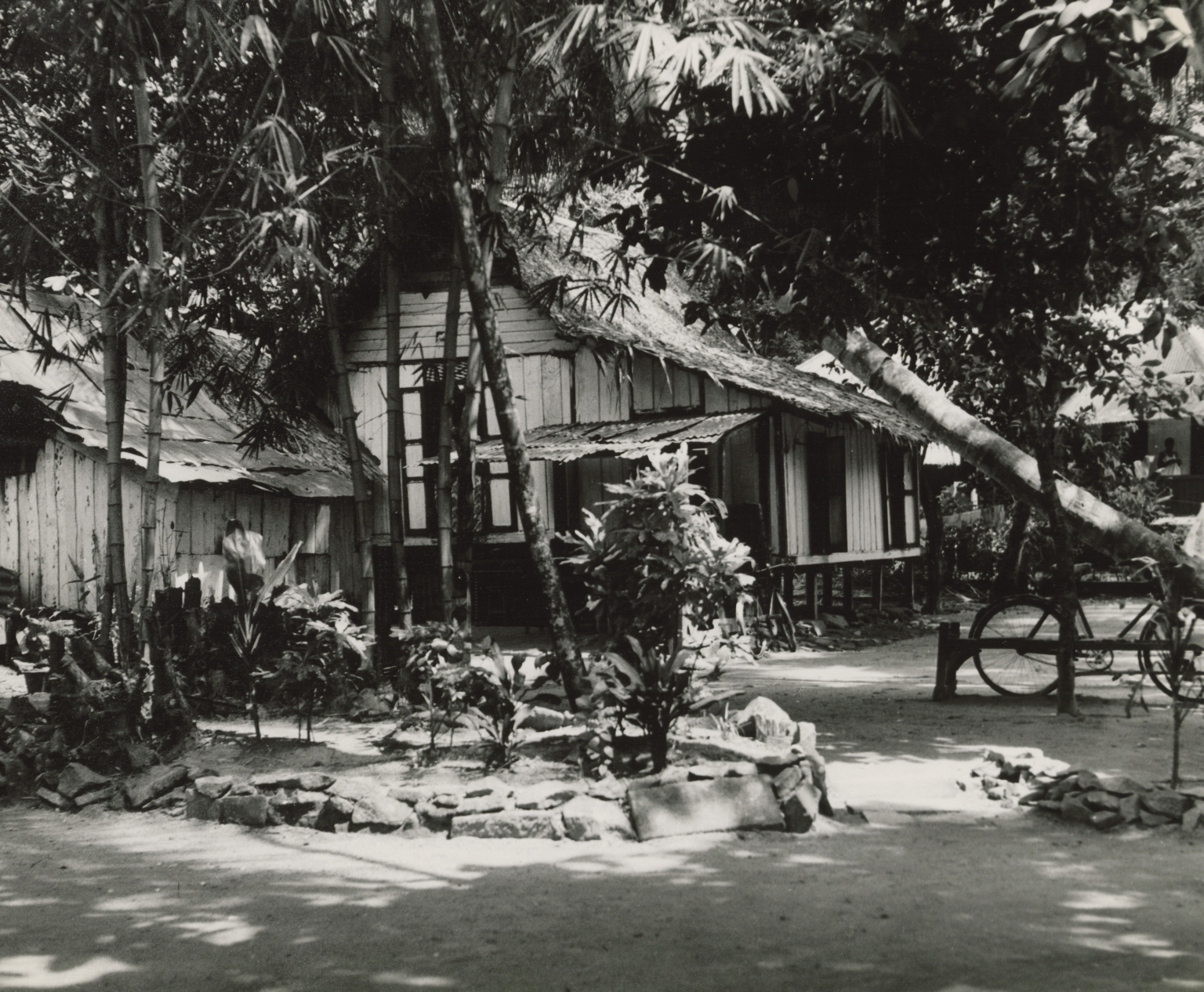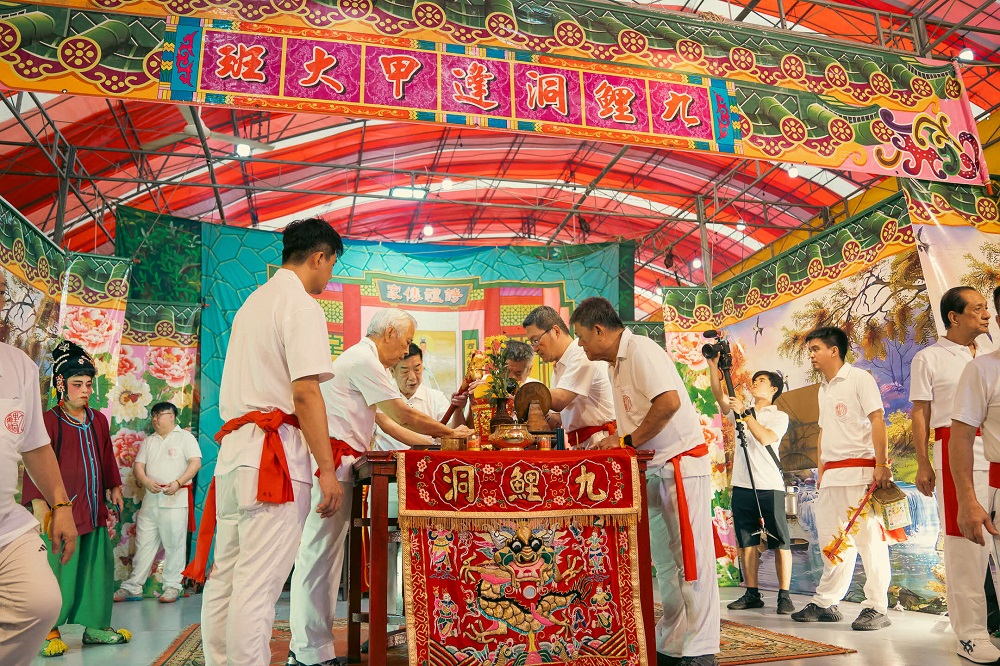Known as Singapore’s oldest Housing Development Board (HDB) blocks, the blocks are in an estate filled with old-world charm that was visited by foreign dignitaries such as Britain’s Prince Philip.
When the Housing and Development Board (HDB) was formed in 1960, it launched its first Five-Year Programme to construct flats quickly and cheaply for the squatters to be resettled in.
45, 48, and 49 Stirling Road were the first three blocks built by the fledgling public agency as part of the new estate of Queenstown.
When they were finished in 1961, the seven-storey buildings towered over the formerly undeveloped swampland, prompting residents to call the estate “qik lao” – Hokkien for “seven storeys”.
So well-known had the area become that it was graced by Britain’s Prince Philip during a state visit in 1965, when the royal consort, accompanied by Singapore’s Yang Di-Pertuan Negara Yusof Ishak, visited a local family in their flat.
Today, the blocks, which comprise one-, two- and three-room units, are part of a quiet estate of rental flats, some housing senior residents who have lived there since the very beginning.
Though old, the blocks have been upgraded previously, with a fresh coat of paint, new lifts (previously, the lifts were slower and stopped at every fourth floor) and toilets.
But the works have not erased the vintage accoutrements that can be found in the buildings, such as pipe sockets used to hold poles for hanging laundry, letter boxes with keyholes and latches and rubbish chutes positioned at both ends of the walkways.
Buildings and sites featured on Roots.SG are part of our efforts to raise awareness of our heritage; a listing on Roots.SG does not imply any form of preservation or conservation status, unless it is mentioned in the article. The information in this article is valid as of December 2019 and is not intended to be an exhaustive history of the site/building.




